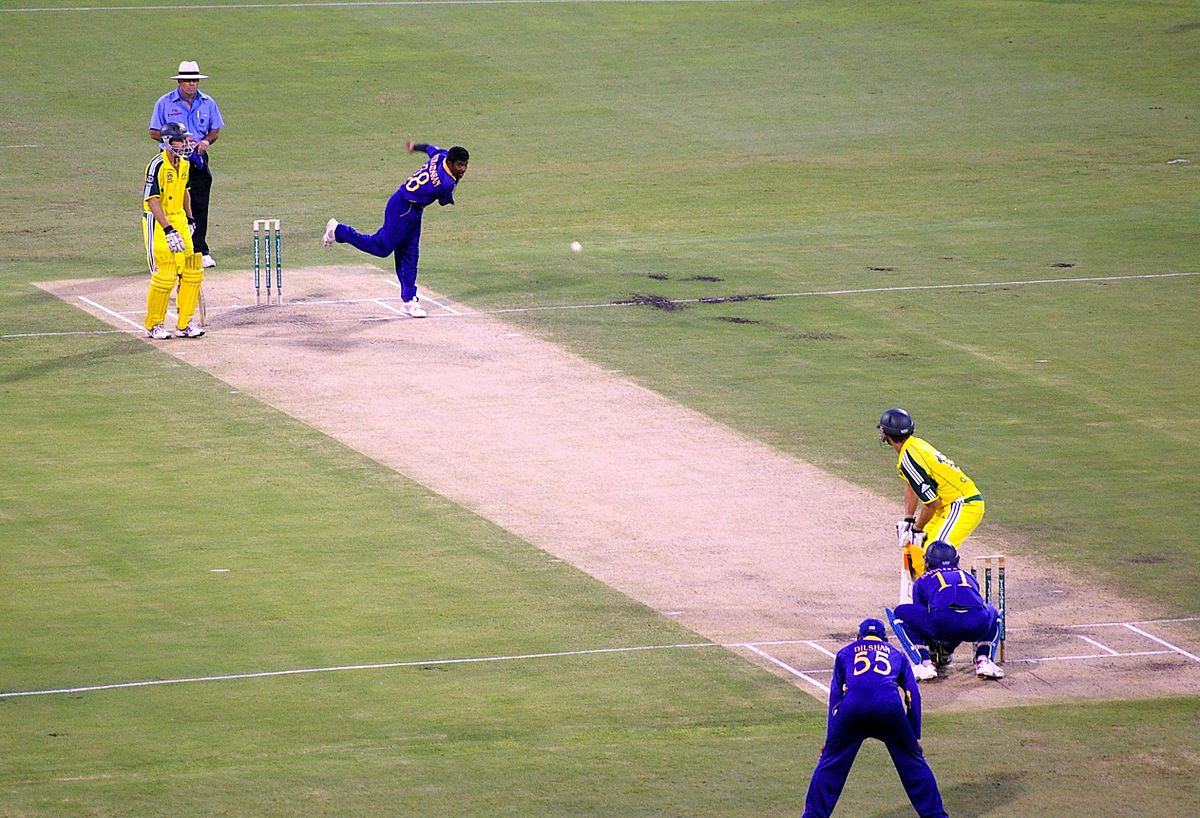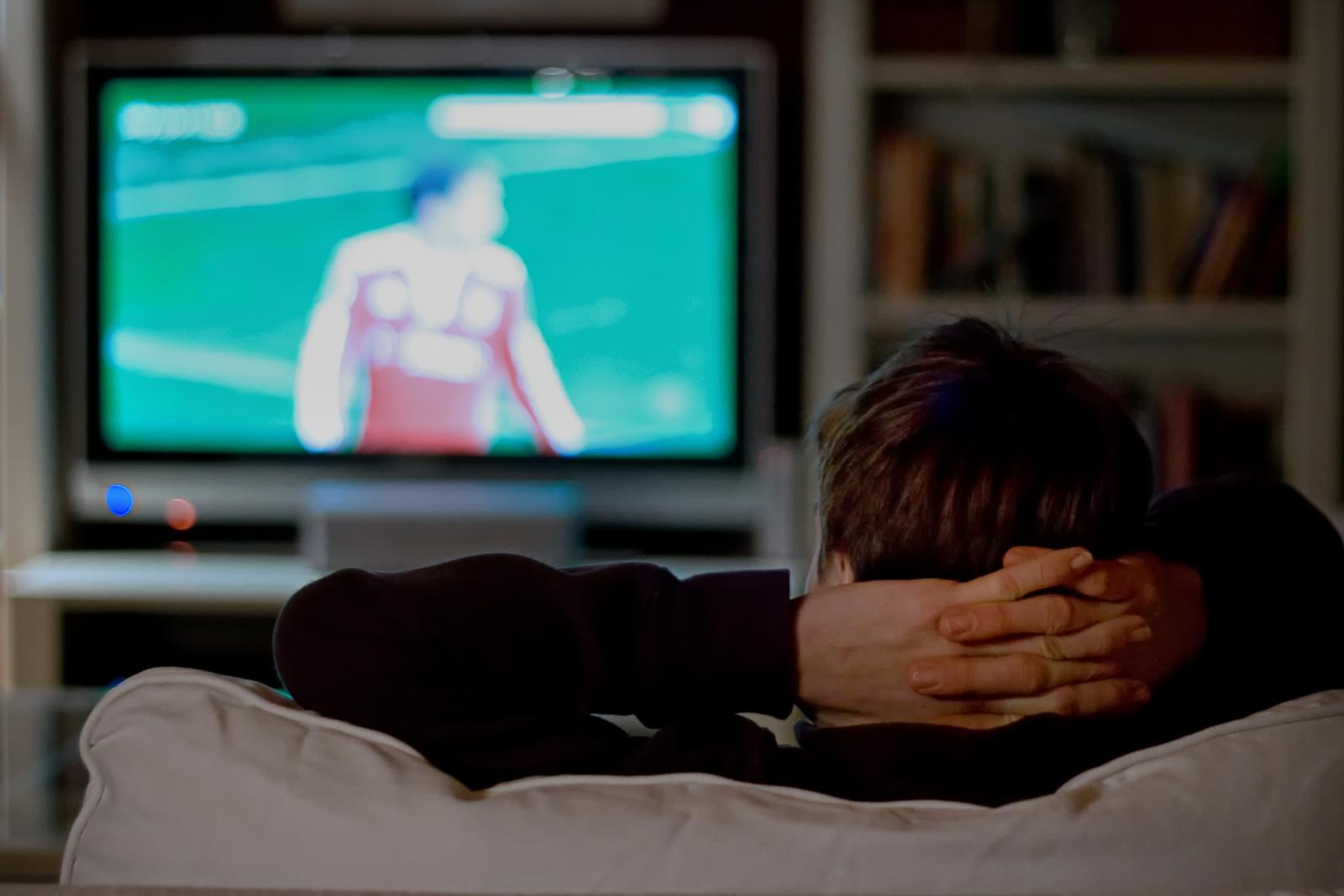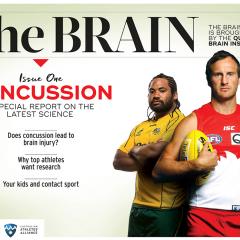Brain games: inside the brain of the elite athlete
At a glance
- Athletes have excellent cognitive skills at the level of perception, anticipation and decision making.
- A bank of memories of similar moves and experiences, and a pattern-based mode of memory retrieval, helps expert sportspeople make quick decisions.
- Mirror systems in athletes’ brains could contribute to their ability to accurately predict the moves of other players.
The broad and muscled shoulders of an Olympic swimmer, the sleek and toned legs of a professional cyclist, the slim yet powerful physique of a champion gymnast … it’s pretty obvious that the bodies of elite athletes are different to the rest of us. Their impressive physiques, honed to perfection, can jump higher, move faster and throw harder than many of us could ever dream of. But it’s not just their amazing bodies that set these elite performers apart—it’s their brains, too.
Quicker thinkers?
It’s pretty obvious that elite sportspeople have outstanding hand–eye coordination. We’ve all seen how expert tennis players, for example, seeing an oncoming ball, can move quickly to meet it with their racquet. But, as we marvel at their lightning-fast bodies, it can be easy to forget what links the eye and the hand. That’s right—it’s the brain. In elite sportspeople, the brain processes for rapidly perceiving information specific to their sport, such as the movement of an opponent or the trajectory of a rapidly approaching ball, and making the correct movement, are (thanks to many hours of practice) very highly developed.

As well as excellent hand–eye coordination, expert sportspeople also have the ability to make split-second predictions and decisions. Take cricket, for instance. Once the ball leaves a fast bowler’s hands, the batsman may have less than a second to get his body and bat in the right position to meet the assault. With the ball flying towards him at speeds of up to 160 kilometres an hour, he’ll need to do some pretty fast footwork. But a quick body isn’t enough—in order to figure out where the ball is likely to go, and where he’ll need to be to meet it with his bat, he’ll need a quick mind, too.
Indeed, it turns out that a quick mind is an important factor in giving elite athletes the edge. Experiments have shown that sportspeople at the top of their game are able to predict which way an object is likely to travel earlier than novice, and even intermediate, athletes, giving them more time to plan an appropriate action in response—essential in fast-moving ball sports such as cricket, tennis, soccer or basketball.
In an experiment with cricket players, for example, experts, intermediate players and novices were shown footage of an oncoming swing (fast) bowler. The footage was stopped at various points as the bowler advanced, and subjects were asked to predict whether the ball would swing into or away from the body of a right-handed batsman. It was found that expert players could more accurately predict the trajectory of the ball much earlier than the intermediate or novice players—and their predictions continued to improve as more of the film was shown.
In another experiment, subjects were shown video images of a swing bowler about to release the ball. Parts of the bowler’s body were removed, and subjects asked to predict which way the ball would go. Researchers discovered that, in order to predict the trajectory of the ball early in the bowler’s advance, experts needed to be able to see the bowler’s arm and hand—indicating that, for elite cricket players, wrist angle is an important visual cue.
It was found that expert players could more accurately predict the trajectory of the ball much earlier than the intermediate or novice players.
The excellent anticipatory abilities of elite players in time-stressed sports aren’t limited to cricket players—they’ve also been demonstrated for a range of other ball sports including tennis, volleyball, soccer and basketball. As we’ve seen, these expert players rely on postural information from their opponent in order to anticipate what’s coming next. It’s the combination of these postural cues with situational information (such as the field setting, previous encounters against that bowler, and so on) that feeds into these players’ excellent anticipatory performance.
Better memories?
Expert athletes’ ability to make predictions may also be built on their capacity to remember the past—that is, their memories. Through practice and experience, expert sportspeople build up a huge store of what are called ‘procedural’ memories. These are not conscious, but are based on the body’s memory of actions and events which they’ve previously encountered. It’s the type of memory which enables our body to know what to do to ride a bicycle without us having to think about it. But this memory isn’t just about muscles or body movements—it also stores things like the way a ball moves or turns when approaching us, or the way an opponent’s racquet swings to send a ball left or right. The brain uses these memories to automatically make predictions and, the more experience or practice we have, the more accurate those predictions are. Elite sportspeople’s brains automatically draw on these memories to make highly accurate predictions about the move an opponent will make or the direction a ball will go in a fraction of a second, allowing lightning quick and highly precise reactions.
It also appears that a pattern-based mode of memory retrieval helps experts make quick, anticipatory decisions. As expertise develops, experts learn to ‘chunk’ information. So, rather than seeing nine other players running around them in a game, an expert basketball player will perceive specific offensive or defensive pattern—and consequently will have a fair idea what the outcome of that pattern will be: where the players will move, who should get the ball and so on. This single ‘chunk’ of information can be retrieved much more easily—and, importantly, more quickly—from the player’s memory than nine separate pieces of information relating to each player.
Expert mirror systems
It was thanks to a monkey, a peanut and a bit of good luck, that scientists in Italy discovered what are now known as ‘mirror neurons’. The researchers were studying the brains of macaque monkeys: by placing electrodes in a monkey’s premotor cortex (the area of the brain which directs muscle movement), they were able to observe which neurons fired when the animal reached for a peanut.
But it was when a person reached for a bit of nutty goodness that the scientists discovered something even more interesting. The same motor neurons that had fired when the monkey had reached for a peanut also fired when the monkey watched someone else reaching for a peanut! As far as the monkeys’ brains were concerned, watching someone doing something was the same as doing it themselves.

The same, evidence suggests, is true for people—our brain ‘mirrors’ what it sees. In our premotor cortex, about a fifth of the neurons that fire when we perform an action (such as kicking a soccer ball) will also fire when we see someone else doing that action (like when we’re watching someone kick a soccer ball on TV). But it appears that, when it comes to a sport in which they’re an expert, elite athletes’ mirror systems may be just that much more precise.
Researchers looked at professional basketball players, expert basketball observers and non-experts to see what went on in their brains as they watched movies of basketball players taking free shots. As they watched the footage, the responses of each of these groups’ muscles to electrical stimulation of the motor cortex were observed. Both the expert watchers and the expert players showed an excitability of brain areas relating to movement as they watched the shot. But it was what they found in the brains of the expert players that was particularly intriguing. The activity in the brains of expert players, especially when watching shots that wouldn’t make it into the basket, was specific to the particular hand muscles which determined the fate of the shot.
This mirroring in the brain of another player’s body movements may enable expert athletes to create forward models to predict the outcome of those movements—allowing them to respond in a split second. The action of mirror neurons may also explain why watching an action as part of training or coaching (observation-based learning) can help athletes learn how to do it better.
The increase in brain activity relating to particular actions, like hand movements, seems to be restricted to those actions that the athlete, in the course of playing their chosen sport, has actually done themselves. So, sadly, even with the benefit of mirror neurons, being a professional couch potato won’t make you a professional soccer player!
The Queensland Brain Institute would like to thank Nova for producing this neuroscience content.

